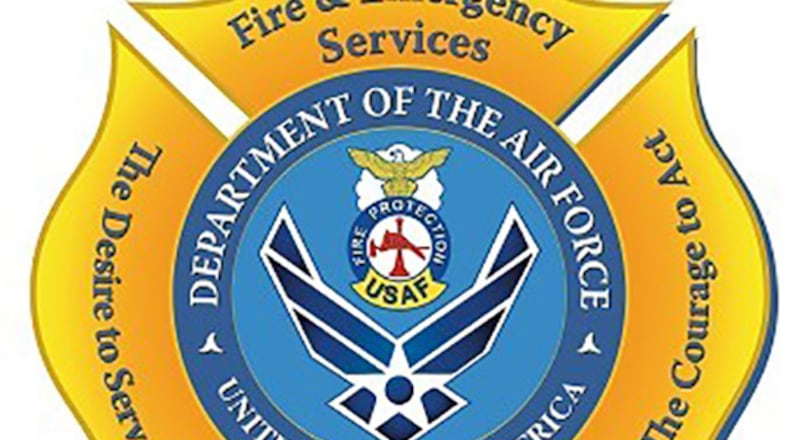Hazardous-chemical safety tips:
· Gasoline and cleaning fluids should be well marked and out of the reach of children and pets. Store in a cool, dry place outside the house.
· Inventory all home and yard chemicals, paints and poisons. Store them according to their label. Properly dispose of anything that is expired, leaking or looks bad — don’t throw these items in the trash or down the drain.
If you did not replace the batteries in your smoke or carbon-monoxide detectors when you moved your clocks forward, take a moment and do so. Smoke alarms should be located in every bedroom and in the common areas on each floor of a home.
If you have gas-fired appliances, carbon-monoxide detectors should be on each floor, preferably a hallway leading to the bedrooms. Remember: Carbon-monoxide detectors have a shelf life and must be replaced according to the manufacturer’s instructions.
Spring is also storm season. An ounce of prevention may be worth much more than a pound of cure in the lives of you and your families. We recommend the following:
Family emergency plan
Have an emergency plan as well as a home and car emergency kit in place for a natural disaster or other catastrophic event. The Federal Emergency Management Agency recommends that each kit include a gallon of water per day for every person, at least a three-day supply of food, flashlight and batteries, first-aid kit, filter mask, plastic sheeting, duct tape and medicines.
Visit the FEMA website for a complete list: www.ready.gov/kit.
The emergency plan also should include:
· A communications plan to outline how your family members will contact one another if they are not in the same place and where you should meet if it’s safe to go outside
· A shelter-in-place plan if outside air is contaminated; FEMA recommends sealing windows, doors and air vents with plastic sheeting.
· A getaway plan including various routes and destinations in different directions
· A plan to quickly gather any necessary medical supplies such as medications or devices
Learn more about making an emergency plan at www.ready.gov/plan.
If you have questions, contact WPAFB’s Fire Prevention Branch at 937-257-4075 or 88.ABW.CEFP.MBR@us.af.mil.
About the Author
